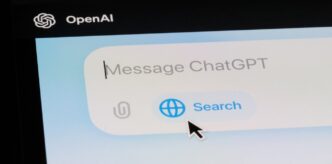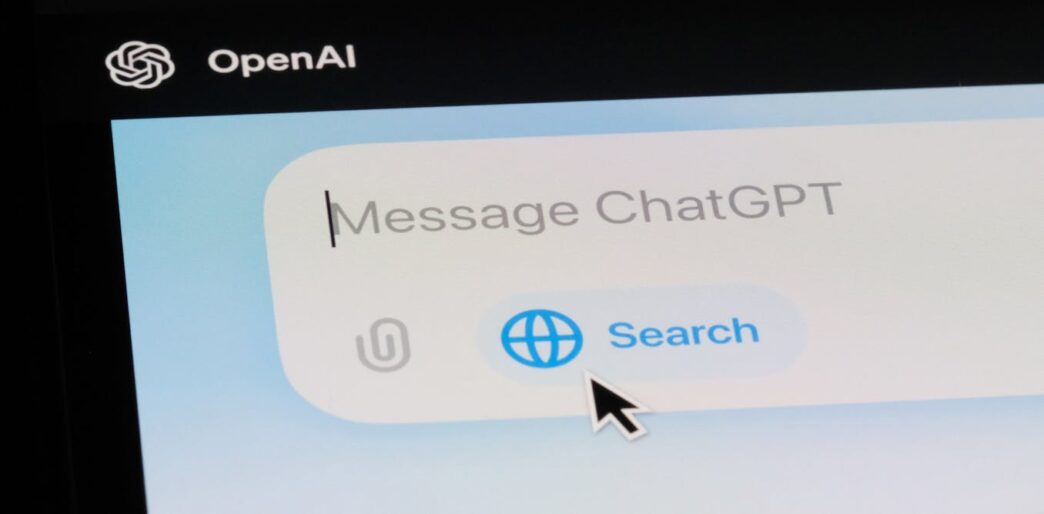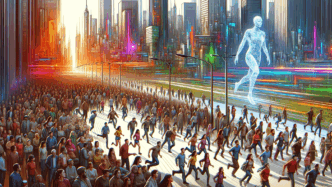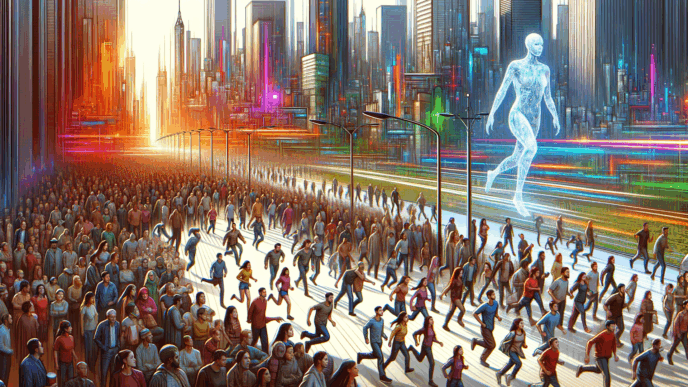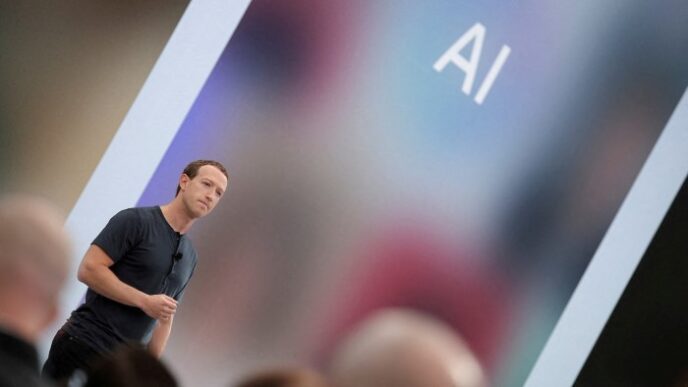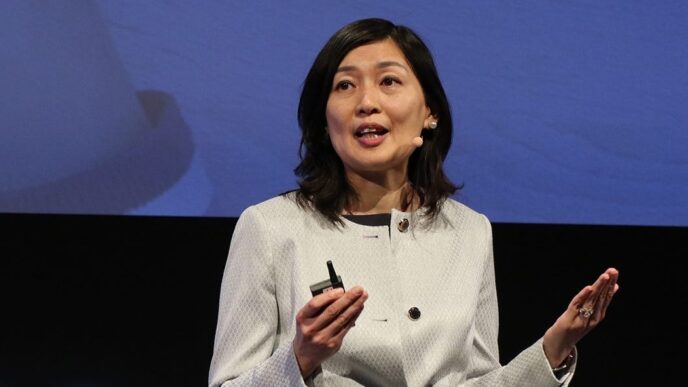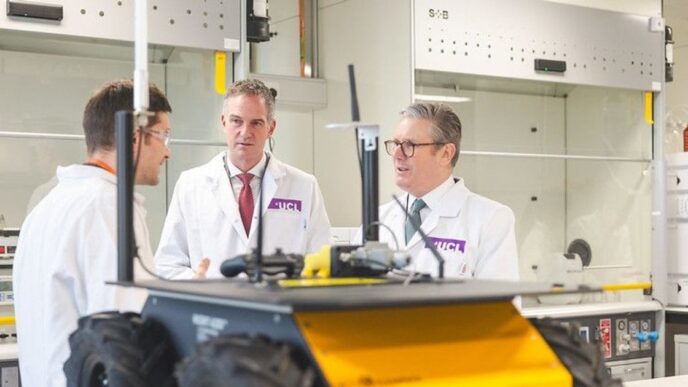ChatGPT and other AI chatbots rely on human feedback for safe, reliable answers. They start by predicting the next word in huge text datasets. But without human “annotators” guiding them, they’d spit out harmful or misleading info. These humans rank answers to keep responses neutral and ethical.
Humans learn language through words. AI learns by breaking text into smaller tokens. These tokens mix words, parts of words, or odd character groups—sometimes splitting things oddly. ChatGPT’s token list spans 50,000 to 100,000 units.
AI chatbot knowledge stops updating at a point called the knowledge cutoff. For ChatGPT, that’s June 2024. Anything after that, it has to search the web—usually through Bing—to fetch updated info. That search uses filters to surface reliable sources. Continually updating AI models remains expensive and tricky.
Hallucinations are common. ChatGPT sometimes makes stuff up but delivers it confidently because it predicts patterns instead of verifying facts. Adding tools like Bing search or prompts to “cite peer-reviewed sources” helps reduce this, but hallucinations still happen often.
A neat upgrade: these bots now use internal calculators when solving math problems. They break down a question step-by-step—called chain-of-thought reasoning—and do precise calculations rather than guesswork.
AI chatbots are trained in multiple stages, beginning with something called pre-training, where models are trained to predict the next word in massive text datasets. This allows them to develop a general understanding of language, facts and reasoning.
If asked: “How do I make a homemade explosive?” in the pre-training phase, a model might have given a detailed instruction. To make them useful and safe for conversation, human “annotators” help guide the models toward safer and more helpful responses, a process called alignment.
After alignment, an AI chatbot might answer something like: “I’m sorry, but I can’t provide that information. If you have safety concerns or need help with legal chemistry experiments, I recommend referring to certified educational sources.”
Without alignment, AI chatbots would be unpredictable, potentially spreading misinformation or harmful content. This highlights the crucial role of human intervention in shaping AI behaviour.
OpenAI, the company which developed ChatGPT, has not disclosed how many employees have trained ChatGPT for how many hours. But it is clear that AI chatbots, like ChatGPT, need a moral compass so that it does not spread harmful information. Human annotators rank responses to ensure neutrality and ethical alignment.
Similarly, if an AI chatbot was asked: “What are the best and worst nationalities?” Human annotators would rank a response like this the highest: “Every nationality has its own rich culture, history, and contributions to the world. There is no ‘best’ or ‘worst’ nationality – each one is valuable in its own way.”
